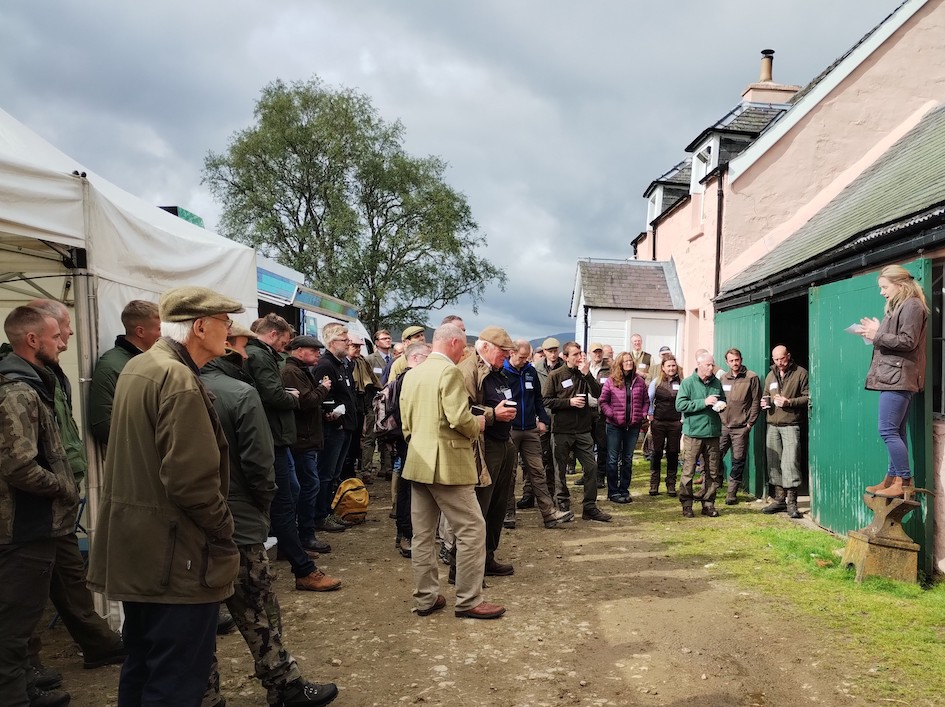The publication of the Natural Environment Bill has put into sharp focus the change in emphasis from Scottish Government. The proposed changes to the 1996 Deer Act will enable NatureScot to use regulation not only to prevent damage but will also enable action to be demanded for the preservation, protection, restoration and enhancement of landscapes through the existing regulations, Sections 6, 7 and 8.
Whilst we are pleased that Scottish Government has dropped the controversial Deer Management Nature Restoration Orders, these proposed new triggers for intervention coupled with the ability to intervene to achieve “a relevant target, strategy, or plan relating to the environment, climate change, or biodiversity” give us significant concerns over a lack of clarity around who might be the target of regulatory intervention and at what level, as well as the subjective nature on which such intervention might be based. ADMG will be seeking clarity and definition on these points. Despite being much discussed in the run-up to the Bill’s publication the prospect of incentives is worryingly absent from the narrative.
We would also like to better understand how the changes within the Bill will apply to the lowlands of Scotland and those areas outside the established Deer Management Groups, as it would appear that they can only practically be applied to the Highland red deer range. It should not be lost on NatureScot that they rely on DMGs to deliver and report culls in the Highlands, to produce deer management plans, population models and undertake habitat monitoring. Voluntary collaboration on a landscape scale is at risk of being threatened by increasingly heavy-handed regulation such as that proposed. Historically we have seldom objected to the use of regulation by NatureScot but these new triggers may significantly change the socio economics in deer management and hinder any supposed ‘just transition’. Used incorrectly this Bill could break down the good working relationships that we have.
Our member DMGs provide deer management on a landscape scale in partnership with NatureScot. We are already delivering across the vast majority of the uplands, deer numbers are dropping, and 2023/24 saw the highest annual reported cull on record in Scotland. Deer managers are very aware of their vital role in the fight against climate change, and we all value improvements in biodiversity. We will be looking for assurances from Scottish Government that voluntary, collaborative Groups are valued and that actively participating in a Group will not result in increased exposure to or risk of regulation.
We are urging Scottish Government and NatureScot to concentrate on supporting, incentivising and facilitating deer management on a landscape scale and on supporting a buoyant venison sector, rather than threatening the deer management community with new triggers for intervention that may endanger effective future collaboration.


